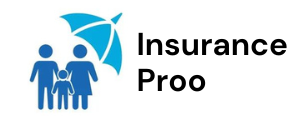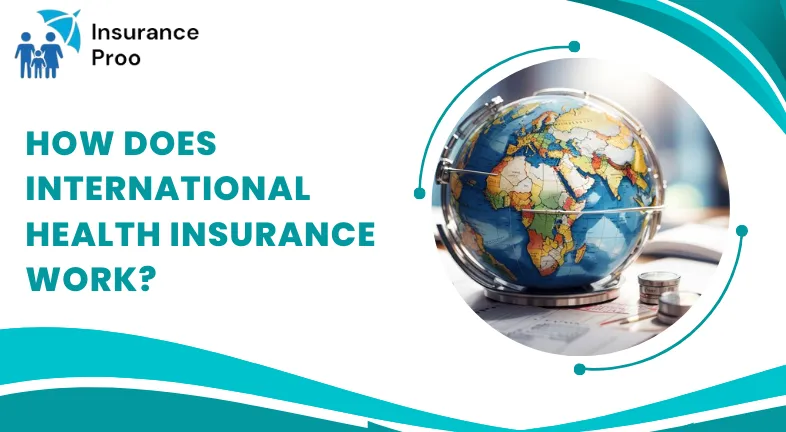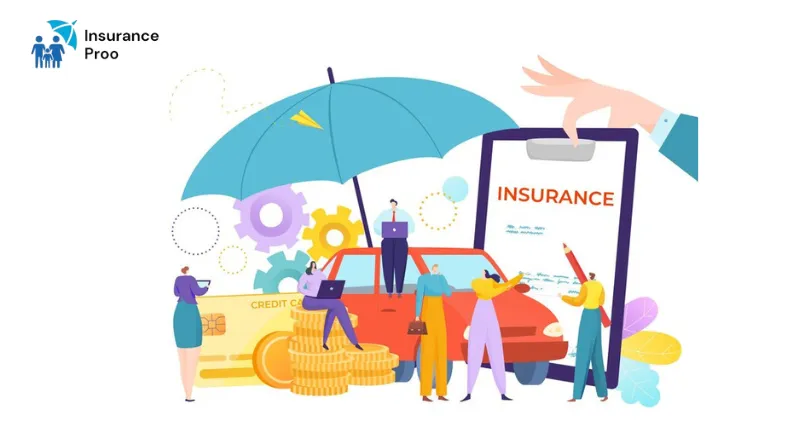WHAT IS EDUCATION INSURANCE POLICY?

The soaring expense of school is causing parents to wonder how they will be able to support their children’s aspirations. A coverage that offers both financial security and peace of mind, school insurance stands out as a ray of hope.
Plans for education insurance are insurance policies that meet your demands for safety and savings to secure the future of your children. One of your main goals as a parent is to make sure your kids have comfortable lives and a great future.
Children’s Education Cover is a program that Care Health Insurance provides. It provides parents with financial support to cover the costs of their children’s education. Up to two children are covered in the event that the insured unintentionally becomes hospitalized.
When a parent who bought a child education plan passes away, the insurance company pays out part of the promised amount right away. The remaining amount is paid out annually until the policy’s term expires. The entire cost of your child’s education is covered by the regular payment.
Child education plans include the option to continue paying the stated goal even after you die away. If, for example, your goal was to accumulate Rs. 50 lakhs over the next 20 years, you could ensure that the child would receive the money in the unlikely event that you lived to see the plan through to completion.
Education insurance is one way to put money down for your child’s education. It’s important to consider other options, such market investing or traditional savings accounts.
Comprehending the Idea:
You make regular premium payments (monthly, quarterly, or annual) for a predetermined period of time (often 15 to 25 years). These premiums accumulate into a fund that is allocated to stocks, bonds, or a mix of the two.
The program offers the following two key benefits:
- Maturity benefit: Upon the policy’s maturity (your child reaching the designated age), a one-time, full payout is provided. The primary source of funding for educational expenses is this.
- Death benefit: In the event of an unanticipated event that occurs within the policy’s term, the insurance company will make a promised payment to your nominee, who is usually your kid. Furthermore, future payments can be waived, ensuring your child’s education for the rest of their life.
Do you know about-HOW DOES EDUCATION INSURANCE WORK
Principal Advantages:

- Financial Security: Setting up a guaranteed fund for your child’s education is the main advantage. The lump sum payment from the maturity benefit lessens the financial load of paying for higher education.
- Insurance Coverage: In the event of the policyholder’s passing, the life insurance component provides financial security. The death benefit guarantees the continuous education of your child. ‘
- Benefits for Taxes: Education plan premiums are tax deductible under Section 80C of the Income Tax Act, making them effective tools for tax savings.
- Disciplined Savings: Consistency in growing the education corpus is ensured by the regular premium payment, which fosters financial discipline.
- Extra Riders: To improve protection, many policies include add-on riders including critical illness coverage, accidental death benefit, and waiver of premium benefit.
Policies for Education Insurance: Types
- Conventional Unit connected Insurance Plans (ULIPs): You can invest a percentage of your premium in funds that are connected to the market, which carries market risk but also the possibility of larger returns.
- Endowment Plans: Provide life insurance coverage continuously along with assured returns and a maturity payout at the conclusion of the policy term.
- Money Back Plans: In addition to the maturity benefit and life insurance, these plans offer periodic payouts throughout the policy term.
Selecting the Appropriate Policy:
- Child’s Age and Education Goals: To calculate the necessary corpus, take into account both your child’s age and the anticipated expense of their future education.
- Policy Term and Premium: Select a term for your policy that corresponds with your child’s anticipated age of higher education, and determine a premium amount that you can manage.
- Investment Options: Select ULIPs if you’re looking for better returns, but be aware of the market risk. Invest in endowment plans if you want assured profits.
- Compare Plans: Prior to choosing a plan, evaluate many options from reliable insurers by contrasting their features, benefits, and prices.
Crucial Points to Remember:

Most education plans have a lock-in period during which early withdrawals are subject to fines. Make sure the lock-in coincides with the plan for your child’s education.
- Surrender Fees: Recognize the fees that may be incurred if you have to cancel your policy before it matures. Select an insurance provider with a high claim settlement ratio to guarantee timely payments in the event of a claim.
Substitutes for Education Insurance:
- Mutual funds: Require active investment management, but they may yield larger returns. Government-backed PPF and NPS plans offer lesser liquidity but assured returns.
- Savings accounts: Provide simple access to funds for a modest return.
CONCLUSION:
Policies for education insurance can be quite helpful in ensuring the future education of your child. Before choosing a choice, you must carefully assess your needs, objectives, and risk tolerance. You can use these policies to provide your kids a bright future if you do your homework and make an informed decision.
This is only a beginning point; in order to create an education insurance plan that is precisely tailored to your individual circumstances and goals, it is imperative that you speak with a financial advisor. Recall that ensuring your child’s education involves more than just choosing the best course of action; it also entails committing to their future and creating the conditions necessary for them to fulfill their potential.
Child insurance plans combine investment products with insurance coverage to ensure your child’s financial security in the future. These plans pay the life insurance in one single amount at the end of the policy period.












1 thought on “WHAT IS EDUCATION INSURANCE POLICY?”
This article offers a fascinating perspective on the subject. The depth of research and clarity in presentation make it a valuable read for anyone interested in this topic. It’s refreshing to see such well-articulated insights that not only inform but also provoke thoughtful discussion. I particularly appreciated the way the author connected various aspects to provide a comprehensive understanding. It’s clear that a lot of effort went into compiling this piece, and it certainly pays off. Looking forward to reading more from this author and hearing other readers’ thoughts. Keep up the excellent work!